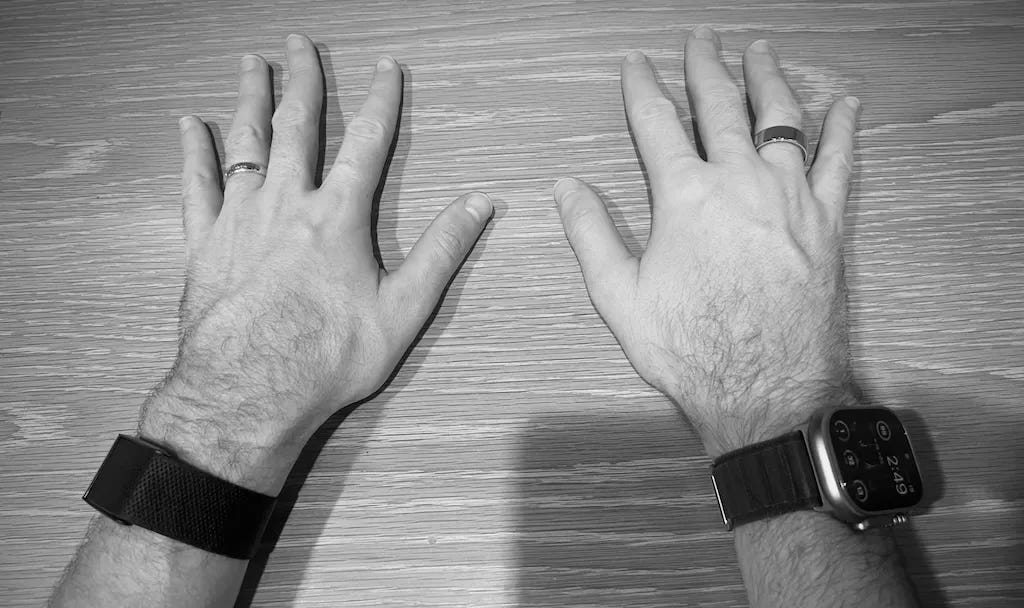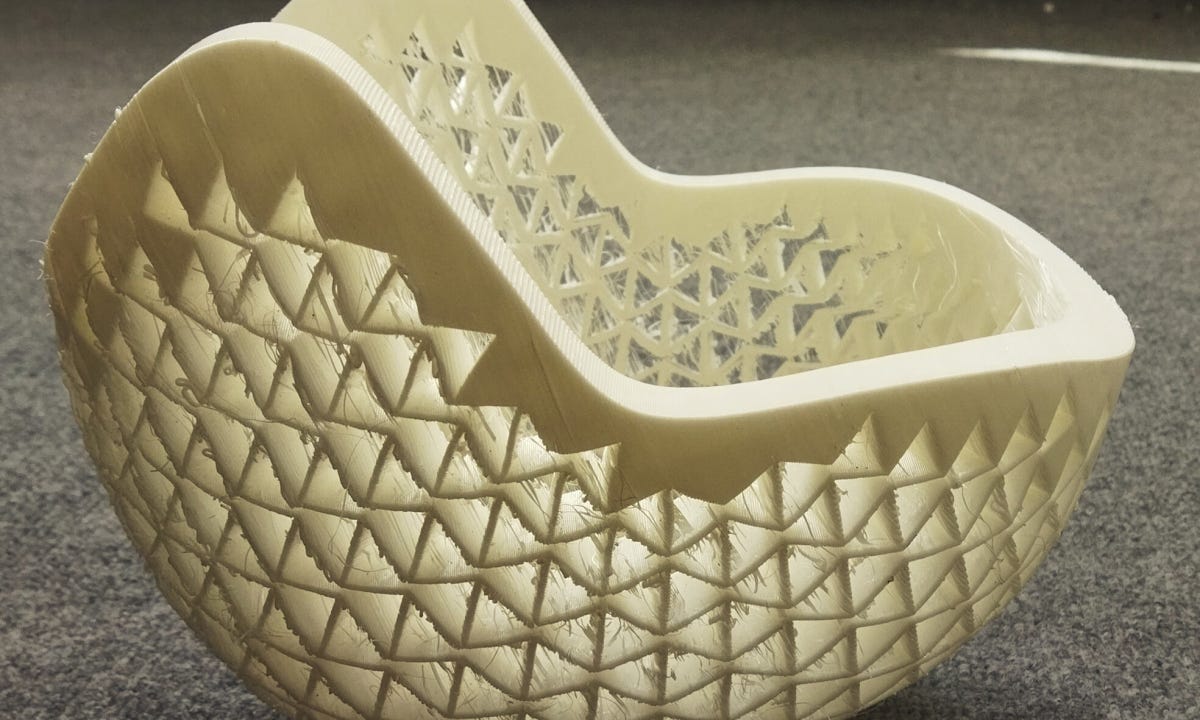TWIWT XXV: Week of March 24, 2025
Sleep trackers, metabolic monitoring, 3D printed helmet, Canadian Space Agency, and more.
Finding the best sleep tracker…per Andrej Karpathy
In a recent blog post, Andrej Karpathy shared his experience comparing four sleep trackers: Whoop, Oura Ring, Apple Watch + AutoSleep app, and 8Sleep Pod 4 Ultra. With two months of data, he compared the distribution of the sleep scores, its correlation across the different devices, as well as Resting Heart Rate and Heart Rate Variability and their correlation with the sleep score. His conclusion: both Whoop and Oura Ring are top tier sleep trackers, with each one having strengths and weaknesses across the domains of sleep score range, app interface, and device form factor.
I was glad to see this show up in my Twitter feed, as I was recently looking for a similar analysis online (especially the one including an Apple Watch, which I have been using as my sleep tracker). You can read the full blog post here.
If you are interested in another, overall, comparison between Whoop and Oura Ring you can check out Sian Allen’s report based on 12 months of data.
UCLA team develops a new tiny sensor for metabolic monitoring
Researchers at University of California, Los Angeles (UCLA) developed a new sensor that can monitor a vast array of metabolites—like glucose, glutamate, or lactate—built onto tiny electrodes made of carbon nanotubes. This innovative design combines helper molecules and enzymes to work just like natural biological processes in the body. The sensor achieves 100-fold enhanced signal-to-noise ratios compared to conventional designs, making it suitable for both wearable health monitoring and implantable applications that track how bacterial metabolites from the gut microbiome influence brain function and neurological processes.
A key part of these reactions is the exchange of electrons. When the enzymes act on the metabolite, they can cause electrons to move. These electron movements create an electrical current on the surface of the carbon nanotubes. The sensor then measures this electrical current. The amount of current tells the scientists how much of the metabolite is present. So, a higher current means more of the metabolite, and a lower current means less.
You can read the full New Atlas article reporting the news here.
3D printed helmed for better protection
Researchers from Gothenburg and Isfahan Universities have developed a bicycle helmet with a geometric design that better absorbs crash impacts than traditional foam models. Created through computer simulations and 3D printed using hyperelastic polymer, the helmet contracts upon impact—similar to car crumple zones—reducing force transferred to the rider's head. Testing confirmed superior protection while offering lighter weight and customizable fit. Though currently costlier due to 3D printing technology, researchers anticipate prices will fall as the technology becomes more widespread, potentially enabling personalized, on-demand helmet production for professional athletes and comfort-conscious riders.
Read the full article on Digital Trends.
Canadian Space Agency (CSA) is using wearable technology to study astronauts’ health
Over the last few weeks, Canadian Space Agency (CSA) scientists and engineers on the ground in the Payload Telescience Operations Centre (PTOC) supported nine on-orbit science sessions on the International Space Station (ISS). With the help of astronauts, they conducted activities for Canadian science experiments CARDIOBREATH, Space Health and Vascular Aging.
As part of these experiments, astronauts wear the Bio-Monitor, a Canadian innovative all-in-one wearable technology. This system allows scientists to record astronauts' vital signs and to receive data directly from space, enabling faster analysis. It also has the potential to help Canadians who are bedridden, housebound, or living in remote areas with limited access to medical support.
Research
Jobs, grad school, and other opportunities
Indiana University (IU) Biomechanics Lab. Lab manager / Research Assistant. Via LinkedIn.
Canadian Sport Institute Alberta. Contract Research Technician—Summer Studentship. Via LinkedIn.
Apple. Applied Sensing and Health - Research Operations Engineer. Via LinkedIn.
Neuralink. Mechanical Engineer, Surgery Engineering. Via LinkedIn.








